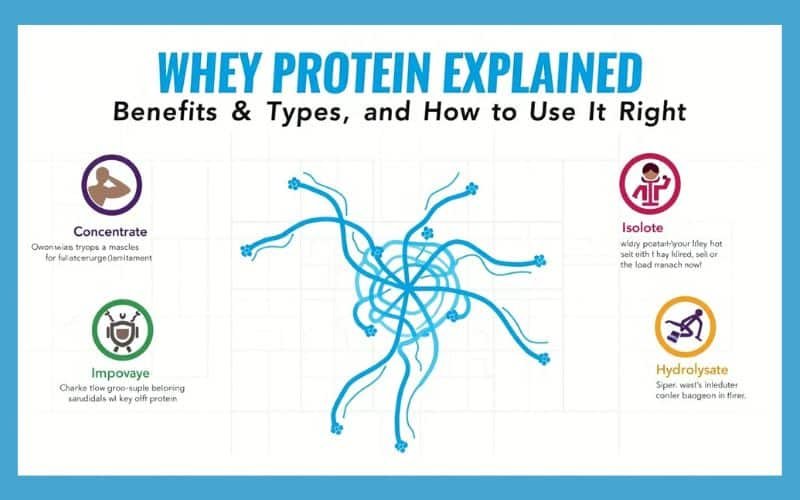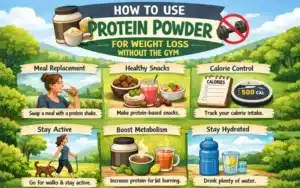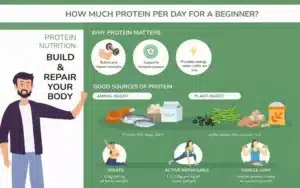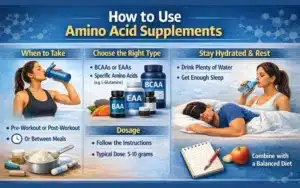No products in the cart.
Return To ShopWhey Protein Explained: Benefits, Types, and How to Use It Right
Whey protein has become a staple in the fitness and health community, and for good reason. Whether you’re trying to build muscle, lose fat, or simply support your daily nutrition, whey protein offers a convenient and effective solution. But with so many options on the market, understanding how it works and which type is right for you can be a bit overwhelming.
In this article, we’ll break down what whey protein is, explore its different types, uncover its science-backed benefits, and explain exactly how you can use it to support your health and fitness goals.
What Is Whey Protein?
Whey protein is a high-quality protein derived from milk during the cheese-making process. After the milk curdles, the liquid leftover known as whey is processed and turned into powder form. This powder is what we commonly use as a dietary supplement.
Whey protein contains all nine essential amino acids, making it a complete protein source. It’s particularly rich in branched-chain amino acids (BCAAs), which are essential for muscle growth and repair.
Types of Whey Protein
There are three main types of whey protein available in the market, each with different characteristics. Choosing the right one depends on your dietary preferences, fitness goals, and budget.
1. Whey Protein Concentrate (WPC)
This is the most common and budget-friendly form of whey protein. It typically contains around 70-80% protein, with the remainder being carbohydrates and fats. It’s ideal for general fitness enthusiasts who want a well-rounded option with some added nutritional value.
Best For: Beginners, casual gym-goers, and those on a budget.
2. Whey Protein Isolate (WPI)
Whey isolate goes through further processing to remove more fat and lactose, resulting in a product that contains around 90-95% protein. It’s easier on digestion and ideal for people who are lactose intolerant.
Best For: Those cutting down on calories, lactose-intolerant users, or anyone seeking a higher protein percentage.
3. Whey Protein Hydrolysate (WPH)
This type is pre-digested, meaning it’s broken down into smaller peptides, allowing for faster absorption. It’s often used in medical supplements or for people with digestive issues.
Best For: Athletes requiring rapid recovery or individuals with sensitive digestion.
Top Benefits of Whey Protein
Whey protein isn’t just for bodybuilders. It offers a variety of health benefits backed by science:
1. Promotes Muscle Growth
Whey protein is rich in leucine, a BCAA that plays a key role in muscle protein synthesis. Consuming whey post-workout helps in building lean muscle mass.
2. Supports Weight Management
Whey is known for its satiating effect, helping you feel fuller for longer. It can support weight loss by reducing overall calorie intake and preserving lean muscle mass during fat loss.
3. Boosts Immune Function
Whey contains immunoglobulins and lactoferrin, which support your immune system. These bioactive compounds can enhance your body’s natural defense mechanisms.
4. Aids Recovery
The rapid absorption of whey protein helps repair muscle tissue quickly after intense workouts, reducing soreness and speeding up recovery.
5. Convenient Source of Protein
Whether you’re busy at work or on the go, a whey protein shake is an easy and efficient way to meet your daily protein needs.
How to Use Whey Protein Effectively
Using whey protein the right way can maximize its benefits. Here are some helpful tips:
1. Post-Workout Shake
The most common and effective time to consume whey is immediately after your workout. This is when your muscles are most receptive to nutrients for recovery and growth.
Suggested Serving: 1 scoop (20–30g protein) with water or milk.
2. As a Meal Supplement
Can’t squeeze in a full meal? Mix whey protein with oats, fruits, or peanut butter for a quick and balanced smoothie.
3. For Breakfast
Start your day with a protein boost by adding whey to your oatmeal or a breakfast smoothie to stay energized and reduce mid-morning cravings.
4. Before Bed (Case-by-Case)
Some people may also benefit from a protein shake before sleep to prevent muscle breakdown overnight though casein protein is often preferred for this.
Are There Any Side Effects?
Whey protein is generally safe for most people when used in moderation. However, excessive consumption can lead to:
- Digestive discomfort (especially in those with lactose intolerance)
- Bloating or gas (try switching to isolate or hydrolysate)
- Potential kidney strain in those with pre-existing conditions (consult a doctor if unsure)
Always stick to the recommended dosage and aim to get most of your nutrients from whole foods.
Conclusion: Fuel Your Fitness with Whey Protein
Whey protein is a powerhouse supplement that offers a wide range of benefits—from muscle building to weight management and immune support. Whether you’re a beginner or a seasoned athlete, adding whey protein to your routine can significantly improve your nutrition and results.
Ready to upgrade your health and fitness game with premium-quality whey protein?
👉 Explore the best whey protein supplements in Pakistan now at SportsOne your trusted source for authentic sports nutrition.
FAQs About Whey Protein
Is whey protein suitable for weight loss?
Yes! Whey protein helps control hunger, supports muscle retention during calorie deficits, and enhances fat loss when combined with exercise.
Can I take whey protein if I don’t work out?
Absolutely. Whey protein can be used as a convenient protein source to meet daily needs, especially if you struggle to get enough through food.
How much whey protein should I take daily?
It depends on your goals and diet. Typically, 1–2 scoops per day (20–40g) is sufficient for most people. Always consider your overall daily protein intake.









Add comment
You must be logged in to post a comment.